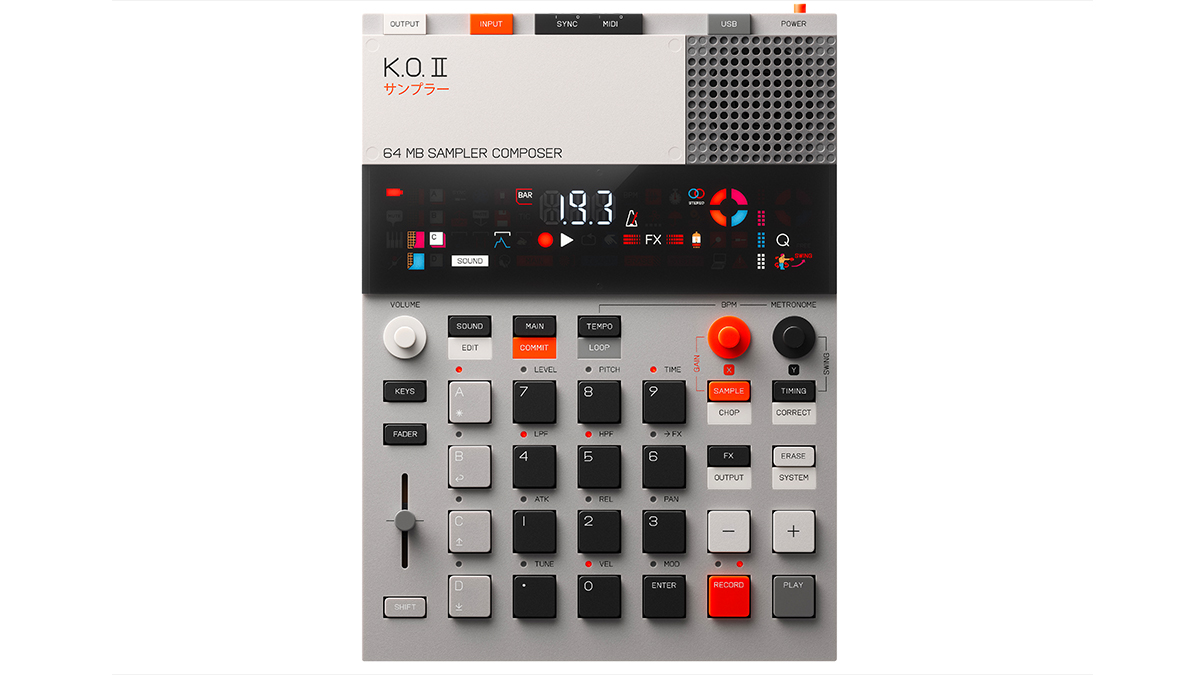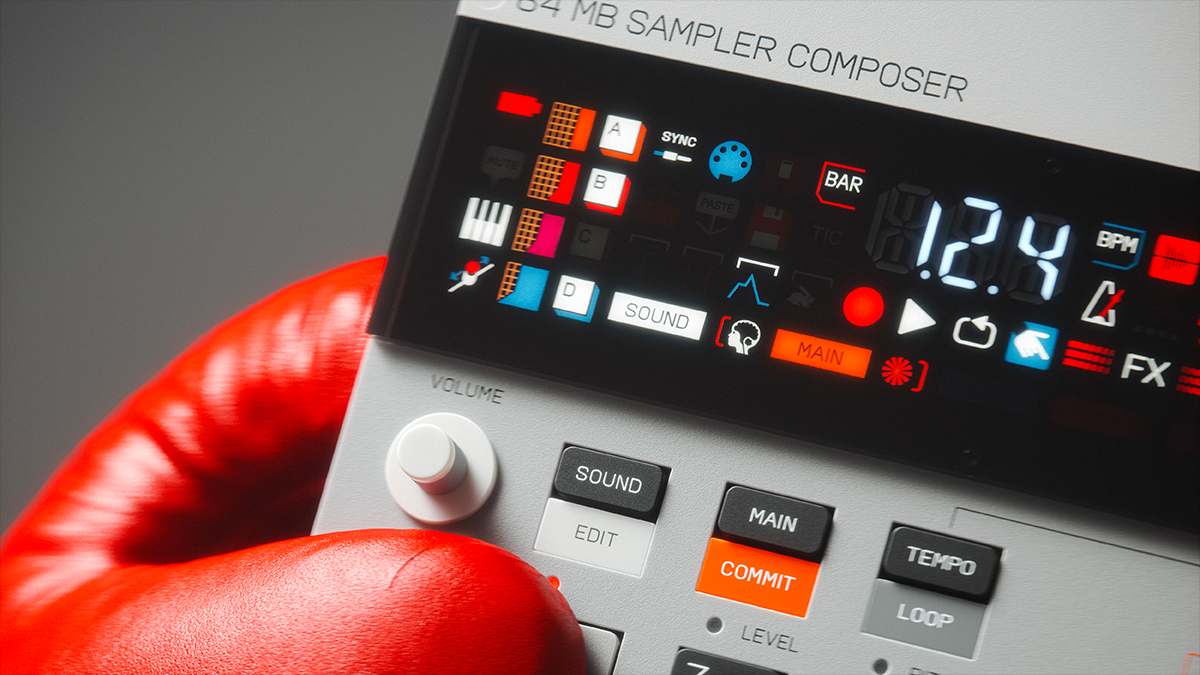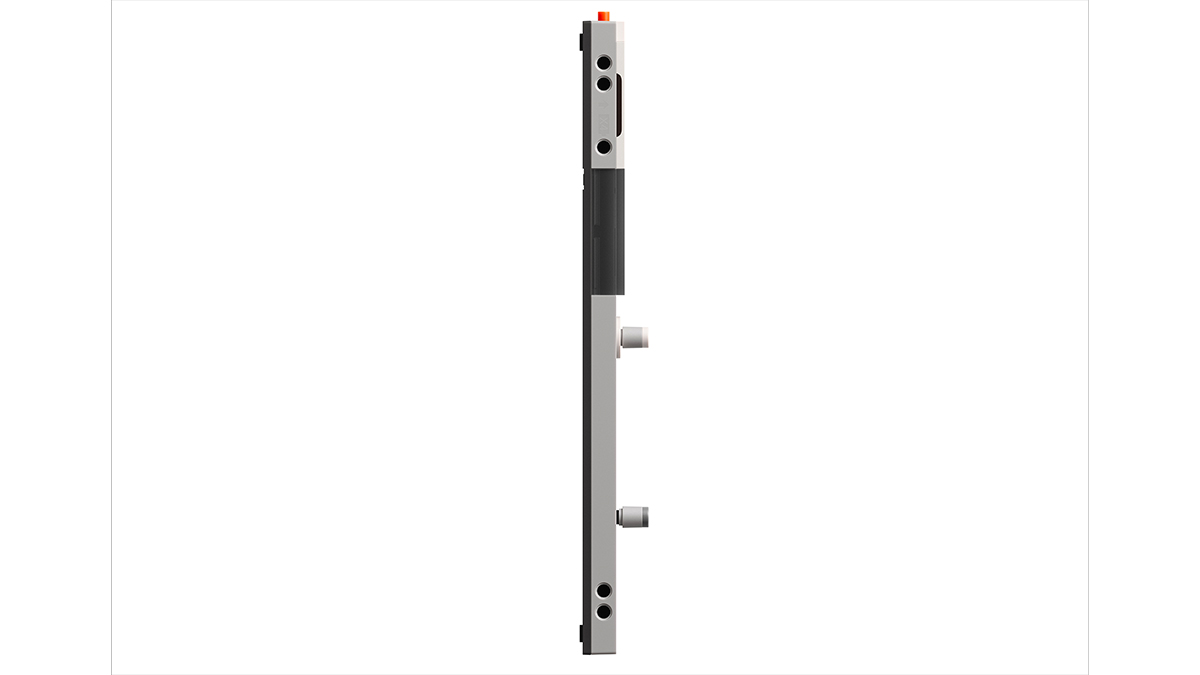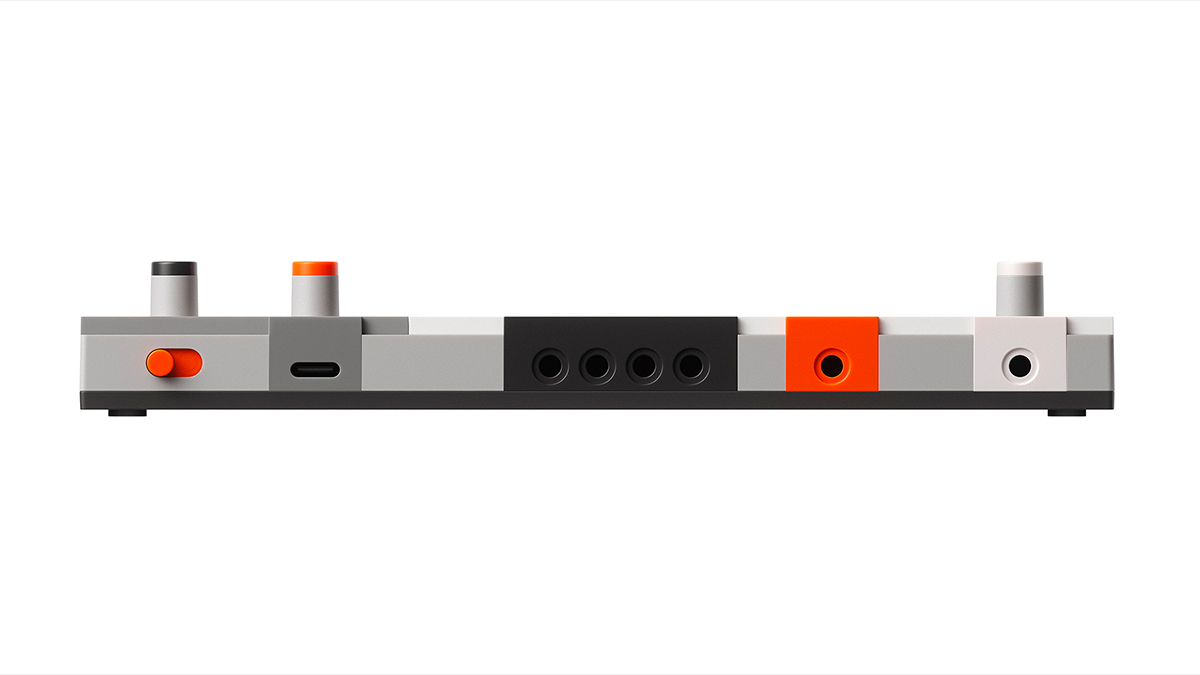Teenage Engineering’s new £299 EP-133 KO II sampler, sequencer and composer looks like a genuine knockout
All told, it’s the most excited we’ve been about a new TE product for quite a while

Teenage Engineering might be best-known for its more expensive audio gear - all of the products in its ‘field’ range will set you back more than a grand each - but, since 2015, the company has also had a toehold in the budget end of the market with its Pocket Operator synths.
Now we’re witnessing what Teenage Engineering is calling the “evolution” of the Pocket Operator with the release of EP-133 KO II, a redesigned and enhanced successor to the popular PO-33 KO! sampler.
This does away with the barebones design of the Pocket Operators to offer something far more refined: the EP-33 KO II looks like a fully-finished piece of audio gear rather than something that’s awaiting the fitting of a case. There’s a reworked sequencer, new punch-in 2.0 effects and a supposedly faster workflow.



The EP-33 KO II also offers a built-in mic for instant sampling, and a built-in speaker so that you can use it completely standalone. There are 999 sample slots (the sample rate is 36kHz/16-bit), 64MB memory, a multi-functional fader and a selection of drum, bass and keys samples to get you started.
Those samples can be chopped and looped, and there’s a chromatic keys mode that will enable you to get the most out of the pressure- and velocity-sensitive keys. You can work with six stereo or 12 mono voices, and connectivity includes stereo audio I/O, sync I/O, TRS-A MIDI I/O and USB-C. This last port can be used in MIDI device mode and to provide power, which can also come from four AAA batteries if you’d prefer.
All told, this is the most excited about a new Teenage Engineering product that we’ve been for a while. Not only is it totally musician-focused, but it also comes at a pretty palatable price of £299. Yes, that’s more than the Pocket Operators, but it keeps the EP-33 KO II in the realms of ‘affordable’, and should ensure that it’s on a lot of people’s Christmas list.
Of course, there are the expensive accessories, too - a soft carry bag for £69, anyone? - but if you stick to just the hardware, the price of the EP-33 KO II actually looks pretty competitive.
Want all the hottest music and gear news, reviews, deals, features and more, direct to your inbox? Sign up here.
The EP-133 KO II is available now and ships in a 10-inch collector’s case. Find out more on the Teenage Engineering website.
Teenage Engineering EP-133 KO II specs
- 9 projects each with 80,000 notes
- Projects contain 4 groups, each with 99 patterns
- Patterns have 12 TRACKS for samples and MIDI
- Variable pattern length per group (1 to 99 bars)
- 12 mono / 6 stereo voice polyphony
- Use groups to mix and match patterns on the fly
- Record and automate all 12 fader assignments
- Sequence in free time or quantized with swing
- Assign any pad to one of 16 MIDI channels
- Loop mode from OB-4 with length AND slide
- 12 pressure and velocity sensitive pads
- Instantaneous timE correction and erase
- Slice samples LIVE OR AUTOmatically
- Stereo / mono sampling at 46.875 kHz / 16-bit
- Punch-in 2.0™ effects (PRESSURE SENSITIVE)
- Arrange quickly using the instant commit feature
- 32-bit float signal chain, 24-bit ADC / DAC
- SYNC IO FOR EXT. GEAR. 8TH, 16TH NOTE OR SYNC24
- 6 built-in send fx and a master compressor
- Drag and drop samples using the sample tool



I’m the Deputy Editor of MusicRadar, having worked on the site since its launch in 2007. I previously spent eight years working on our sister magazine, Computer Music. I’ve been playing the piano, gigging in bands and failing to finish tracks at home for more than 30 years, 24 of which I’ve also spent writing about music and the ever-changing technology used to make it.